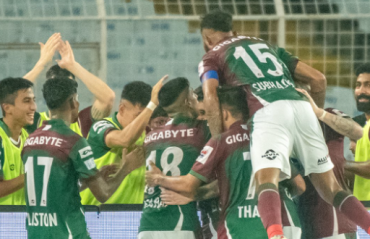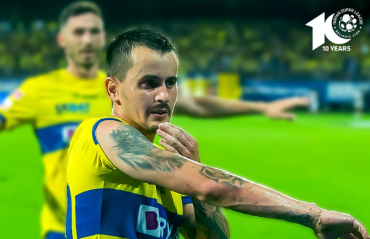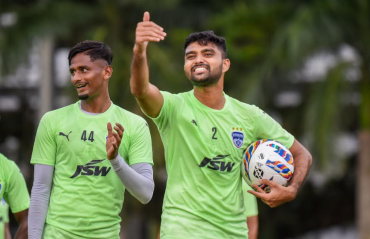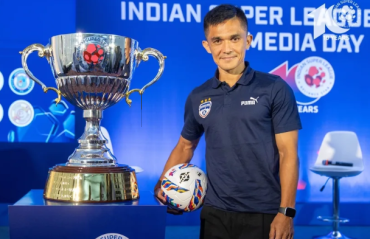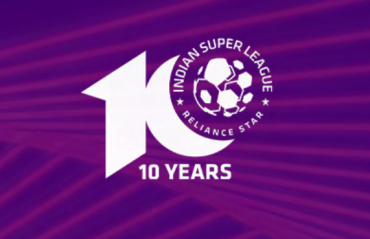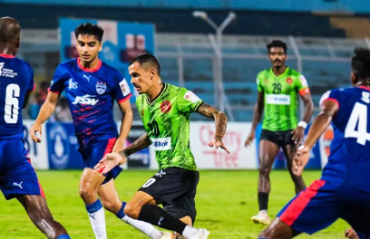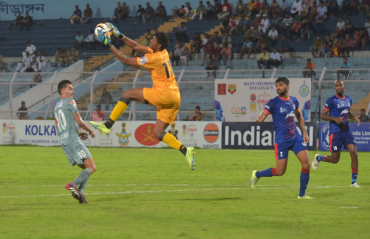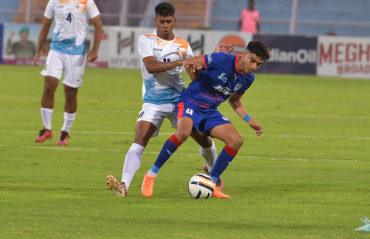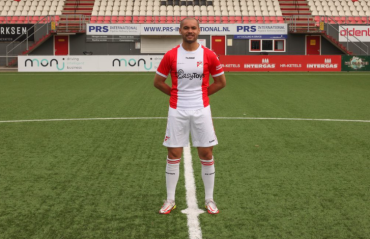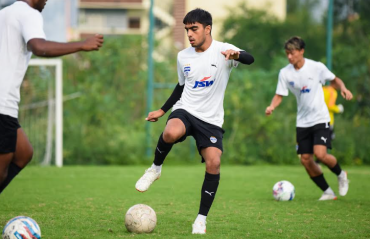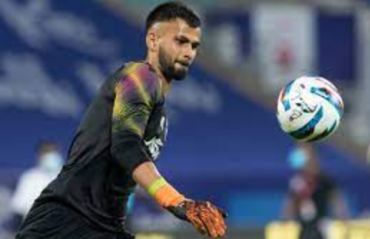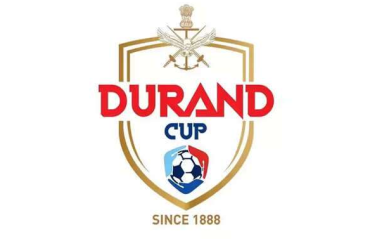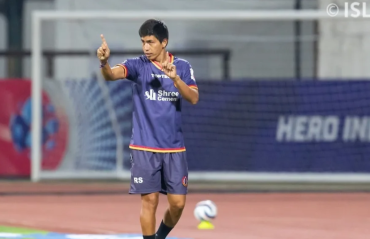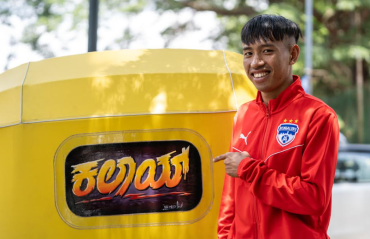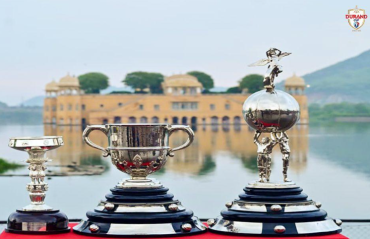Rewind -- WHAT IF - Bengaluru FC never left the I-League
- By Kevin Barboza

- March 18, 2019
JUMPING SHIPS, has reasons best known to the one that one makes the jump.
On March 17, 2019, at the Mumbai Football Arena, a former I-League club, and current Indian Super league team, won their fifth Asian Football Confederation-recognised trophy.
Arguably, it is Bengaluru FC’s sixth trophy in six years and nothing takes away the sheer painstaking effort and professionalism that has gotten them success in a short span.
Jump back to the year 2013, when this club revolutionised how a football club is run in the country. In this article, I ponder on, WHAT IF -- Bengaluru FC had not left the I-League?
I-League would not have increased in competitive value
Building from scratch, Bengaluru FC assembled a perfect team of players, staff and ideology to lift the I-League trophy in their maiden season. Sure enough, the stronghold and big-spenders in the I-League had been jolted by BFC’s presence. In their second season, Bengaluru FC were still running strong for the title but finished behind the eventual winners, Mohun Bagan. The second season was not barren as the BFC would go on to clinch the Federation Cup, going on to play the AFC Cup. BFC had established themselves among the elite in Indian football.
The following season, Bengaluru FC went on to register their second title in three years of existence. In their fourth year, BFC could not defend their title and even finished a distant fourth from the top. Taking home the Federation Cup for the second time, four trophies in four years was ensured. But their dominance in the league was being challenged on many occasions.
ISL would not be as exciting
To garner nation-wide interest in football in the country, there was a need to create an attraction at a massive scale. Indian Super League did just that. So much so, the real league and top tier of football was all the more suppressed beyond visual relevance. This, with the very same strategy, that was used to propel the ISL.
Online, print, television, outdoor medium of aggressive advertisement campaign, made sure every age group was talking about football; the ISL, that is.
The semi-final and final that began after the league ended was assumed to add to a climx, after the league was over. But after three years of existence, the numbers in viewership and attendance started to dwindle. ISL had to go beyond the tried and tested franchises and opened up for two new franchises.
The expectation was to bring get in the “Big two” in Indian Football to shake up the enthusiasm of the private tournament. Mohun Bagan and East Bengal had they own demands and ended up staying in the I-League.
Jamshedpur FC was christened in ISL 4 along with Bengaluru FC, who made the switch for one major reason; the AFC Cup spot. A proven competition-material and a club with a vision, Bengaluru FC had everything ISL needed to get back the attraction it missed. Sure enough, the ISL got more lively, that in the very first season, Bengaluru finished comfortably top of the league and even reached the final.

BFC started their journey in India’s top flight, the I-League, as a corporate entrant. And sure enough, started off with a bang. With a strong team in the league, the competition gets interesting, the players perform at greater levels, rivalries blossom, making it attractive in many ways. BFC’s dominance in the ISL opens a pathway to the realisation that the league, from where it all started, consists of more potentially competitive and strong teams. That exhibited by the fact that Bengaluru FC did not dominate all four years in the I-League.
Obviously, a tournament with no fear of relegation and no prize for dominating over six months will never produce. That said, Bengaluru FC have a gaping hole for need for stronger teams to show their might and true potential in the ISL (or whichever league they could have been in).
One league would not be a possibility
ISL had existed as a private two-month long tournament for four years and continued to be a means to amass the best talent from I-League. With Bengaluru FC on board, the ISL had to deliver the AFC Cup spot promise. With AFC sanctions a real possibility, the FSDL and ISL marketing partners took steps to making the ISL a legitimate AFC-recognised competition. For the first time, the Indian Super League was played with a longer calendar and running parallel to the I-League. The winners of the knockout cup competition (Indian Super League was technically declared so to the AFC) would be awarded the AFC Cup entry. To the winners, yes, to the winner of the final, not the league, as per ISL format.
Bengaluru topped the ISL league in their maiden season that too, with a whopping goal difference. But the AFC Cup spot was awarded to Chennaiyin FC, who won the ISL, beating BFC in the final. Bitter defeat after a dominating the league but that is how promises with conditions work.
The AFC and FIFA sanctions on the AIFF (All India Football Federation) and India are still a viable possibility with two major leagues running parallel. With a club with AFC runners-up accolade in confidence and on-board, ISL can be assured of some consideration and buying time, in due course of unifying the two major leagues.









